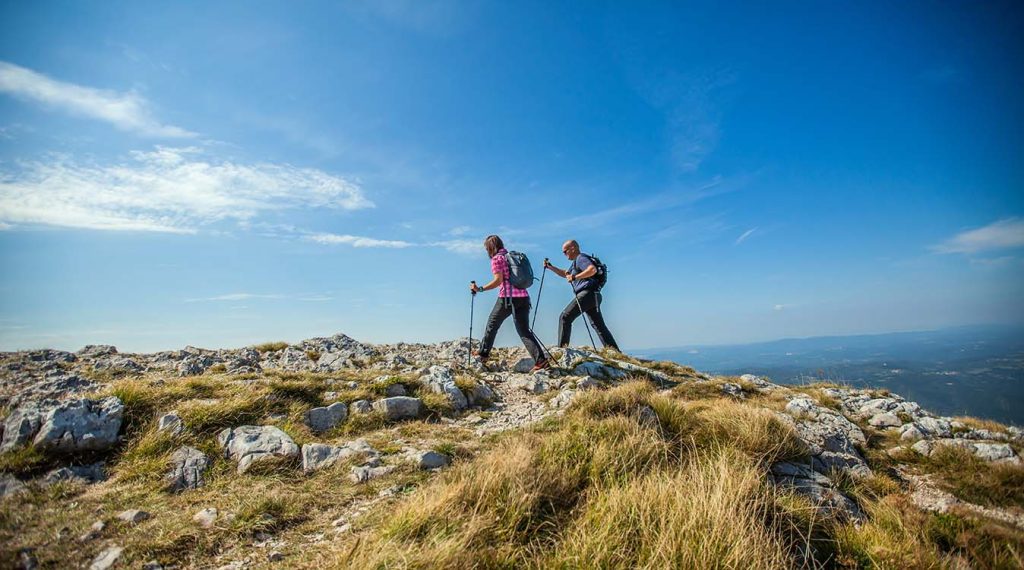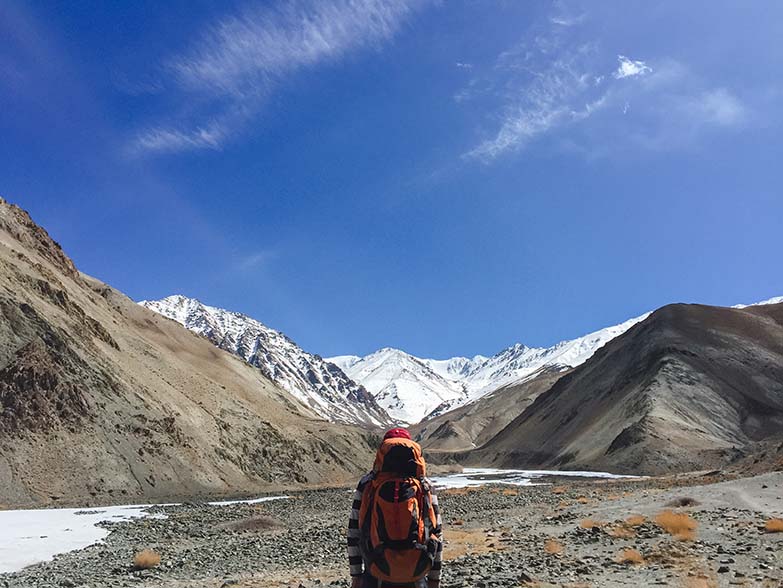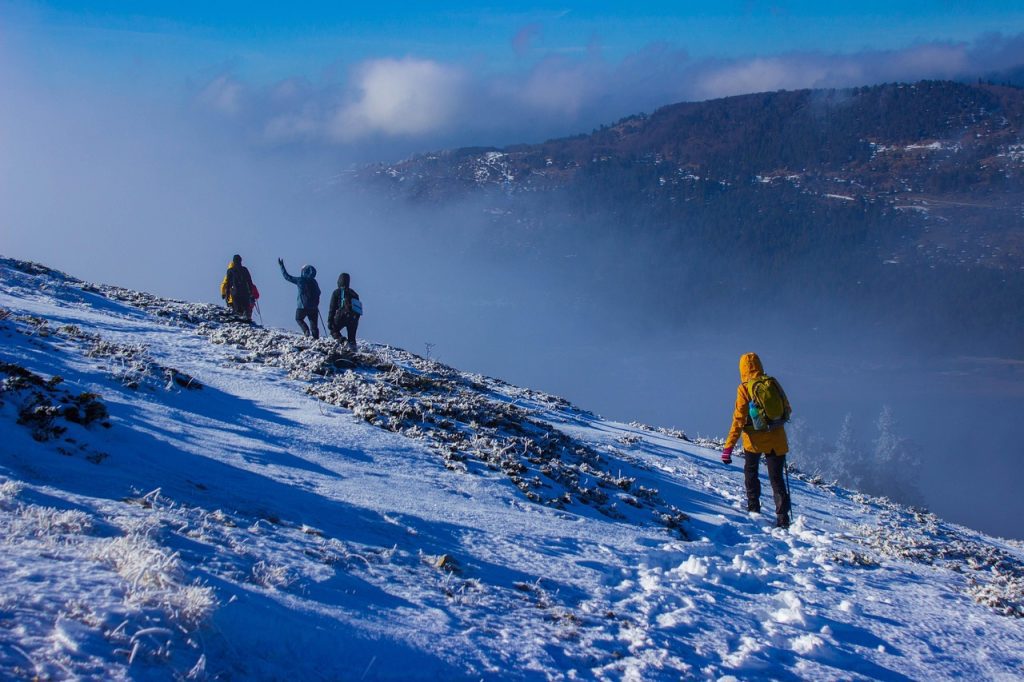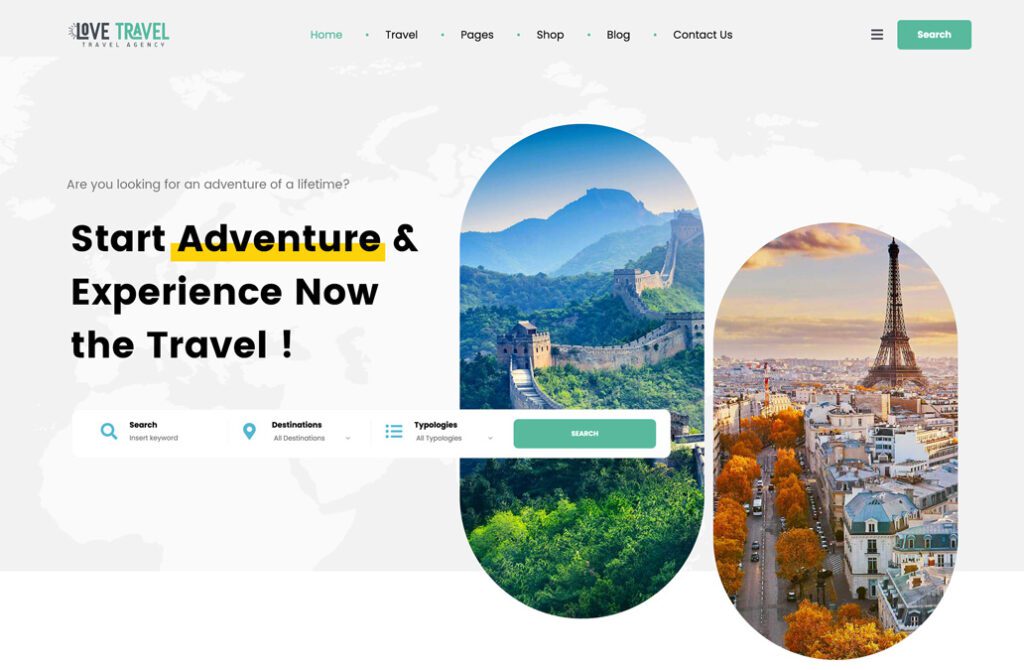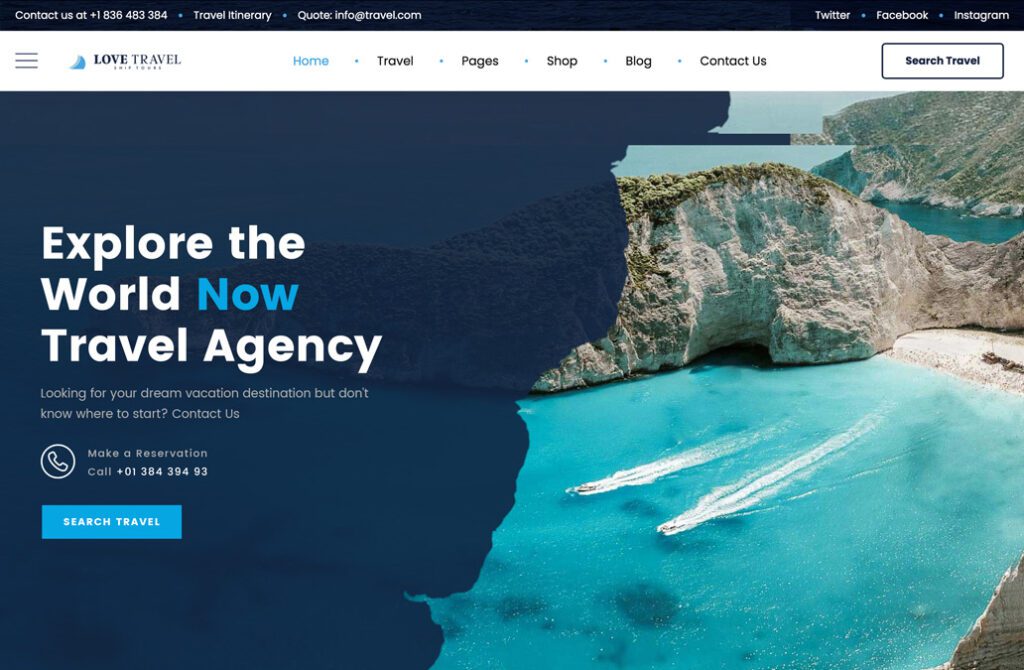Many people dream of trekking in Nepal, but as it grows in popularity, so does the responsibility. The Himalayas are a fragile environment, and the growing number of hikers has had a profound impact on local ecosystems and communities. If you’re taking a trip, it’s more vital than ever to travel ethically and minimize your environmental impact.
In this blog, we’ll look at eco-friendly trekking recommendations that safeguard Nepal’s natural beauty, benefit local communities, and ensure that future generations may have the same beautiful experiences.
Why Responsible Trekking in Nepal Matters
Every year, Nepal sees approximately 200,000 trekkers. While this is fantastic for tourism, it can have negative effects on the ecosystem.
– Trash left on trails.
– Plastic bottles were dumped in rivers.
– Forests are chopped for firewood.
– Local customs are neglected or mistreated.
What about the good news? Simply being more mindful can have a good impact. And it all starts with some simple yet effective eco-friendly habits.
1. Choose Local and Eco-Conscious Trekking Agencies
Before you even set foot on the route, you have already begun your journey toward responsible trekking. Choosing a trekking agency that values sustainability makes a significant difference. Seek out enterprises that are Travelife Certified or linked with environmental initiatives such as the Kathmandu Environmental Education Project (KEEP). These organizations often hire local guides and porters, pay decent wages, provide enough equipment, and prioritize environmentally friendly methods. Supporting such enterprises not only ensures ethical practices, but it also benefits the local economy and community welfare.
2. Pack In, Pack Out – Manage Your Waste
Many of Nepal’s trekking routes lack proper garbage disposal facilities, particularly in isolated areas such as Manaslu and Kanchenjunga. That’s why it’s critical to accept responsibility for your own waste. Carry a reusable bag to collect any garbage you produce and dispose of it appropriately when you return to a place with disposal facilities. When packing your gear and snacks, choose biodegradable or recyclable packaging. Avoid using plastic wrappers and single-use containers, which just add to pollution on the route.
3. Avoid Plastic Bottles – Carry a Reusable Water System
Plastic water bottles are among the most prevalent contaminants encountered along hiking routes. Rather than purchasing bottled water along the road, pack a reusable bottle and purify your own. LifeStraw, SteriPen, and portable water filters are all useful tools for safely treating tap or stream water. Many teahouses provide boiled water for a modest price. This tiny change can substantially lessen your environmental impact while also helping local lodges reduce plastic waste.
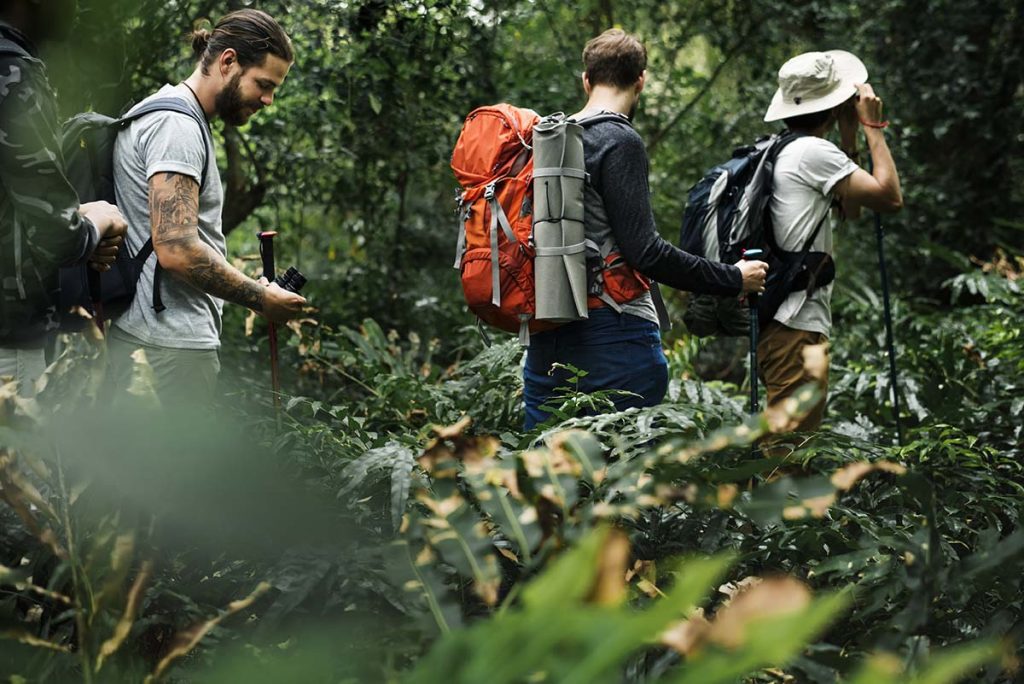
4. Skip the Campfires – Use Sustainable Energy
While a campfire may appear to be a comfortable notion, burning wood at high altitudes adds to deforestation and environmental destruction. Trees in these areas develop slowly and are vital to the local ecosystem. Instead of starting fires, consider staying in eco-lodges that employ renewable energy sources such as LPG, solar power, or biogas. Pack warm clothing and sleeping items to keep you warm without relying on firewood.
5. Stay in Eco-Friendly Teahouses or Homestays
Accommodation is an important part of sustainable travel. Choose teahouses or homestays that use environmentally friendly practices such as solar energy, responsible trash management, and organic matter composting. These firms frequently provide local jobs and reinvest in the community. You’ll also get to experience true Nepali hospitality and learn more about the culture, which will enrich your trekking experience.
6. Stick to Established Trails
Creating new roads or shortcuts may appear harmless, but they cause erosion, damage sensitive plants, and disrupt wildlife habitats. It can also be risky, resulting in accidents or becoming lost. Nepal’s conservation zones, such as Sagarmatha National Park and the Annapurna Conservation Area, include well-kept pathways that are intended to conserve the environment. Staying on authorized paths ensures that your journey is safe and sustainable.
7. Respect Local Culture and Traditions
Many trekking trails pass through communities where people lead intensely spiritual and culturally diverse lives. As a visitor, you should dress modestly, especially around monasteries and holy institutions. Learn basic Nepali greetings, such as “Namaste,” and always ask permission before snapping photos. Being respectful and culturally aware not only avoids offense, but it also fosters lasting relationships with those you meet.
8. Minimize Your Impact on Wildlife
Nepal has a varied range of wildlife, including endangered species such as snow leopards, red pandas, and Himalayan tahr. To keep children safe, avoid feeding animals, making loud noises, or getting too close. Do not pick flowers, plants, or damage natural environments. Observing wildlife from a distance allows them to remain natural and reduces stress or behavioral changes caused by human engagement.
9. Hire Guides and Porters Ethically
Hiring local guides and porters is an excellent way to help the Nepalese economy, but it is critical to do it properly. Ensure that the agency you hire from treats its employees fairly, offering adequate compensation, insurance, and appropriate equipment such as boots and coats. A porter should not be required to carry more than 20-25 kilograms. Treat them with compassion and thanks; after all, they are the foundation of your journey and frequently have important information of the area.
10. Lead by Example and Educate Others
Leading by example is one of the most effective methods to promote environmentally friendly trekking. Pick up trash as you see it, spread awareness through your social media platforms, and encourage your organization to embrace sustainable behaviors. By raising awareness, you may help create a ripple effect in which more tourists appreciate the necessity of safe trekking in Nepal.
Final Thoughts: Leave Only Footprints
Nepal’s mountains offer more than scenic views—they offer life-changing experiences and spiritual insight. But with that privilege comes responsibility. By following these eco-friendly trekking tips, you help preserve Nepal’s beauty for generations to come. Remember, the goal is not just to reach the destination, but to travel with purpose, respect, and intention.
Read More: Top 10 Treks in Nepal for 2025: From Easy to Extreme

